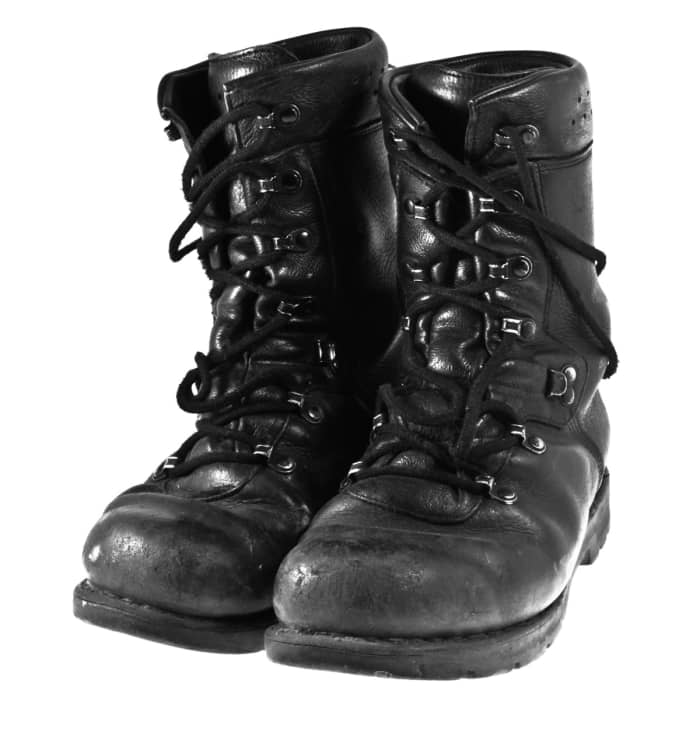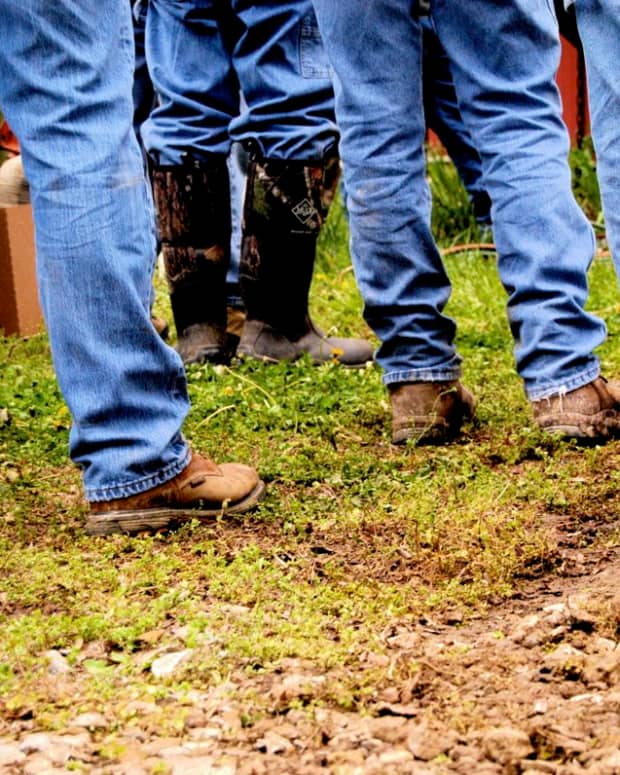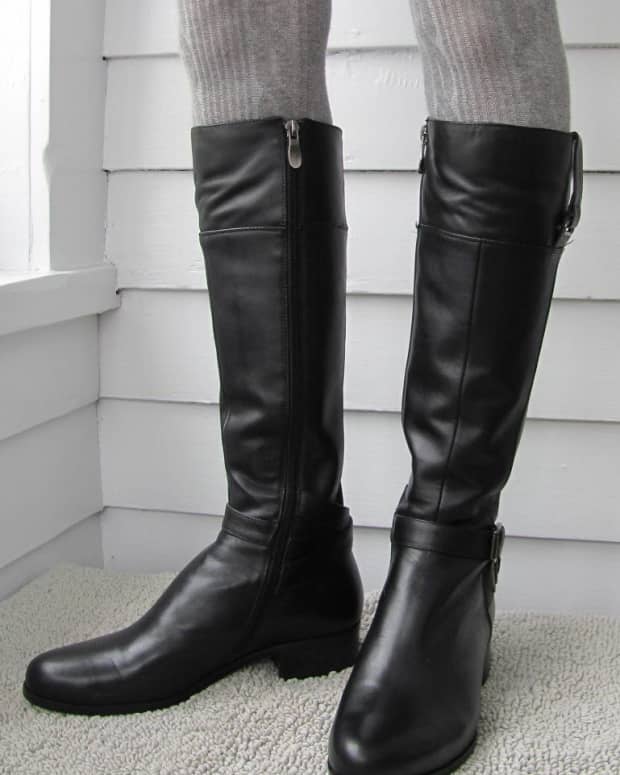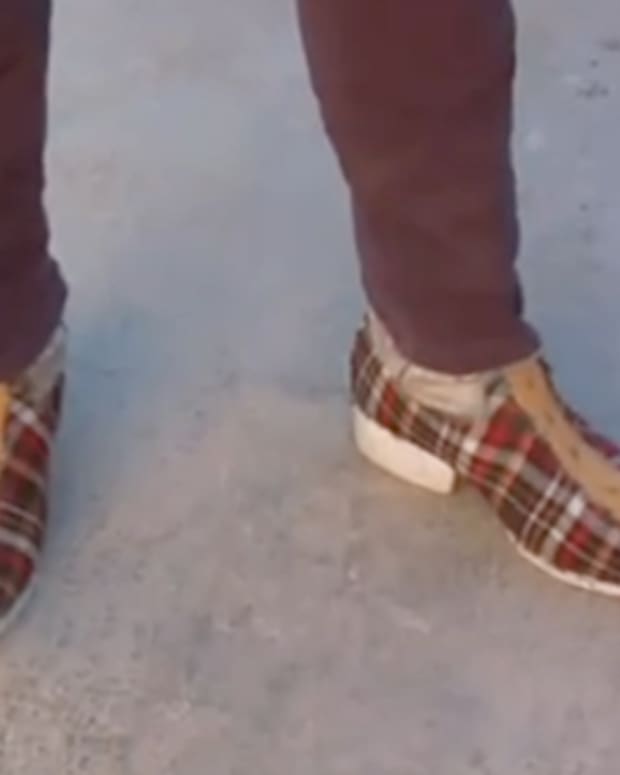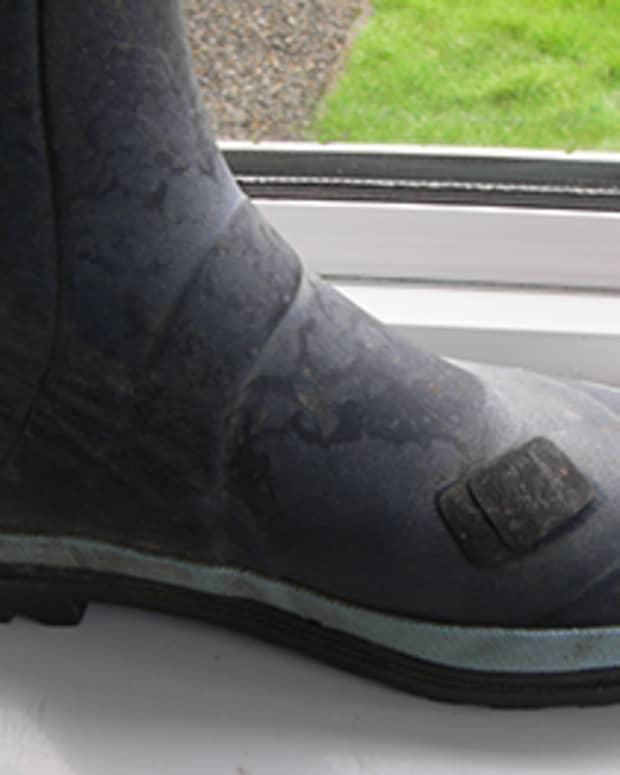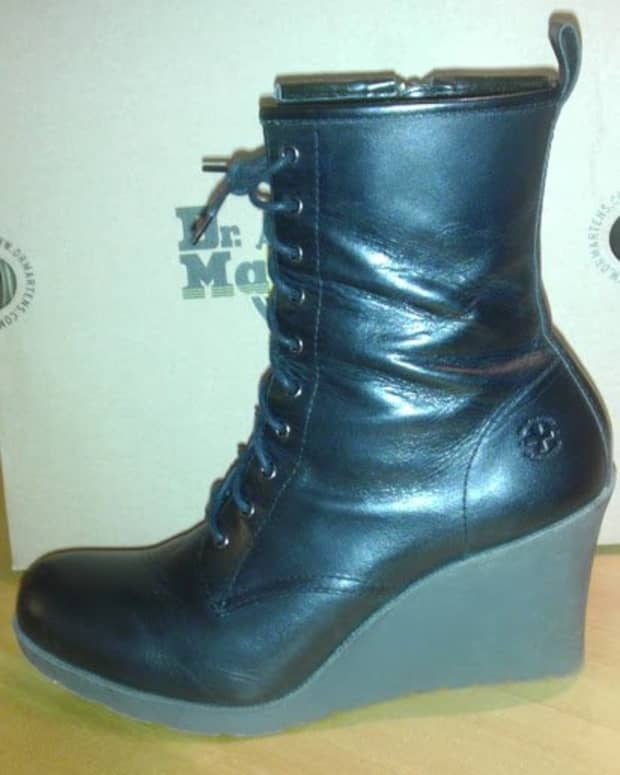Just How Long Do Work Boots Really Last?
Chris has a Master's degree in engineering and uses his knowledge to write about a variety of topics from an analytical perspective.
If you're like me, you probably spend a lot of time on your feet. And for most that time, you are probably wearing some kind of foot protection such as a boot or a tennis shoe. For me, I love my black work boots—they are versatile, comfortable, easy to take care of, and best of all, they protect my feet from the hazards of life. In addition to wearing them at work, I wear them for pretty much everything else that I do.
So the other day when I looked down and realized that one of my boots had a tear in it, I wanted to figure out just how long these work boots really lasted. This also got me thinking about the durability of shoes in general and the kinds of features that I would want in a new pair. So with that, I decided that I wanted to analyze my shoe wearing habits and find out for myself just how long they lasted and if they performed within an acceptable range of usage. Fortunately for you readers, I am a major nerd and meticulously maintain a spreadsheet of my spending habits. I also like to wear a pedometer to track how much I walk each day during normal activities.
The Initial Purchase
On January 25th, 2012 I arrived at a Famous Footwear in Phoenix Arizona to procure a new pair of black work boots. After perusing the aisles and contemplating various styles, I settled on a nice pair of heavy-duty Lugz Brand boots. After dropping $75 and some change I left the establishment. I remember how great these shoes felt on my feet and how they had the perfect low maintenance leather finish that I wanted. For the next 14 months, these boots would become my partner in crime.
The Wearing of the Boots
On March 28th, 2013 I witnessed the death of my work boots. It was a sad day but I knew that it would eventually come. My right boot suffered a 2-inch long laceration on the frontal distal portion of the shoe. Fortunately for us, the shoe's death was not in vain. While wearing a pedometer, I literally recorded just about every step (almost, about 80% actually) in the life of these old boots.
The graph below shows my daily step counts for this period of time. I have de-rated my pedometer counts by about 50% to account for the fact that I didn't wear shoes 100% of the time that I tracked my walking. In addition to this, I didn't have data for about 20% of the days during the test period. I replaced these data gaps with interpolated values based on the step counts in adjacent days or weeks. The spikes in data represent things like vacations and long days shopping with the wife. Dips in the data are representative of times that I was sick.
It's interesting to note the cyclical nature of my step counts. This is indicative of my weekly routine. This next graph shows the cumulative total amount of steps that I took wearing these shoes.
Boot Life, By the Numbers
Graphs are great to look at, but big numbers are fun too. Here are some boot numbers to ponder:
Read More From Bellatory
- Time of Boot Ownership: 1 Year, 2 Months, 3 Days (429 Days)
- Average Daily Step Count (With Boots): 5,176 steps
- Average Daily Distance Traveled (With Boots): 2.40 miles
- Most Steps in One Day: 24,696 steps
- Longest Distance in One Day (With Boots): 11.23 miles
- Least Steps in One Day (With Boots): 0 steps
- Shortest Distance in One Day (With Boots): 0.0 miles
- Total Steps (With Boots): 2,220,500 steps
- Total Distance Traveled Wearing Boots (With Boots): 1,030 miles
Longevity/Durability Comparison
These numbers seem pretty impressive, especially for a $75 dollar pair of all-purpose work boots. But how does this really compare to typical shoe usage for the average person? Are the numbers that I computed above reasonable, below average, or excellent? Did I get my money's worth, or did I get ripped off? Well, it's nearly impossible to answer any of these questions with any significant amount of certainty. This is because the durability of a shoe is directly related to how the user uses them, the weight and stride distance of the user, and the overall quality of the shoes.
Nonetheless, I still wanted to know where my shoe's life stood when compared to other shoes. My research revealed that the amount of use that I got out of my shoes is right on par with that of typical work boots. In fact, most articles and informational brochures that discuss work boots say that they should be replaced when there is evidence of physical damage or after one year of use, whichever comes first. Part of the reason for this is that the chemicals and glues used to make shoes like work boots begin to dry out and lose their strength after about one year of use.
When compared to other types of shoes, such as running shoes under normal use, my work boots lasted about twice as long as them. When compared to brand name sneakers like Vans or Converse under normal use, my work boots lasted about half as long as them. Therefore, based on the best available information, I would conclude that my boots were neither terrible nor excellent when rated in terms of longevity and durability.
© 2013 Christopher Wanamaker
Comments
Christine on February 27, 2019:
I appreciate all the data you did on your work boots, and the analysis!

